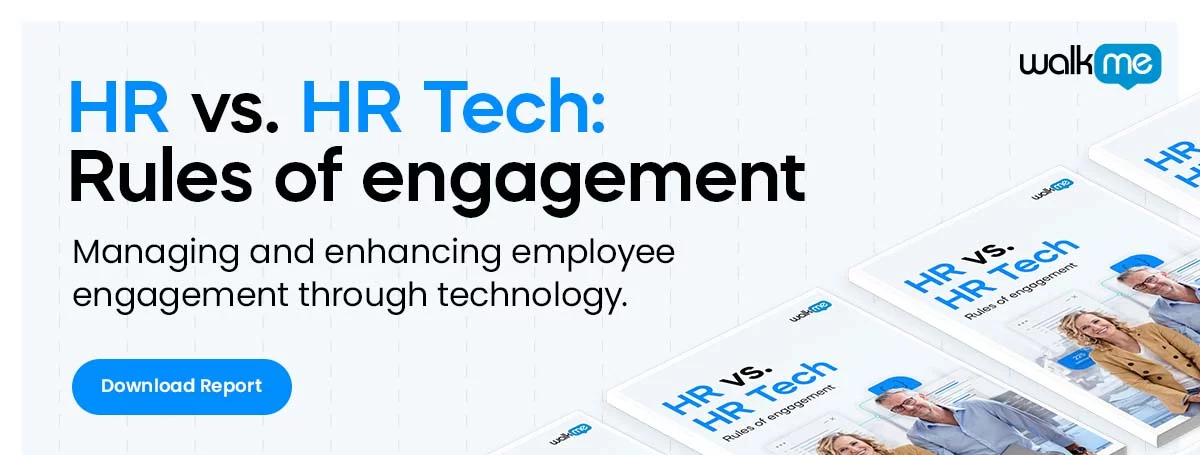
Employee productivity measurement is an excellent way to gain insight into an organization’s performance.
Productivity metrics can be used to improve employee performance, process efficiency, training, the employee experience, and more.
Below, we will look at some of the best metrics to use when measuring your employees’ productivity.
Employee Productivity Measurement: 12 Top Metrics
Here are some of the most common and effective metrics to use when measuring employee productivity.
1. Time-to-productivity
This metric assesses how long it takes an employee to achieve a specified level of proficiency.
This is useful when onboarding new employees who have to learn a new skill or set of skills.
For example, when measuring an employee’s software skills, this metric would define the competency level needed for a specific job role. That level will differ from role to role, since different job functions can use the same software in different ways.
2. Proficiency levels
Proficiency refers to a level of skill.
Those skill levels can be scored on a spectrum, such as a number from one to five or with categories, such as beginner, intermediate, and advanced.
Since proficiency affects productivity, it can be useful to understand the relationship between proficiency and productivity levels.
3. Average task completion time
This measures how long it takes an employee to complete a specific task.
First call resolution is one example. This is used in call centers to gauge how long it takes employees to solve a customer’s problem.
Sales teams can use similar metrics, measuring the average length of a sales call. However, since the sales pipeline is a long process that includes several other tasks, the focus is often more on long-term metrics, rather than on specific tasks.
4. Project completion time
An individual task refers to a single work activity that contributes to a larger goal, such as the completion of a project.
Assessing that project timeline is another useful way to gauge productivity levels.
5. Task and project costs
By tying productivity to financials, it is possible to assess the costs of tasks and projects.
For example, by computing overhead, employee salaries, and other costs, It is possible to gain more insight into the total costs of individual tasks.
6. Revenue-per-employee
At the opposite end of the scale from costs is profit.
Business managers can not only measure the revenue per task or project, they can also measure revenue per employee.
This measurement, in other words, ties productivity to bottom-line profits.
7. Inputs
There are several inputs that can impact an employee’s productivity, or output.
Software is one example. Different software applications can affect output levels, so that should be taken into consideration when measuring productivity.
Equipment is another. A construction worker, for example, with access to better tools may outperform one with lower quality tools.
Finally, as discussed throughout this article, time is one of the major inputs affecting output. It should be one of the common denominators whenever measuring any employee’s productivity levels.
8. Absenteeism and tardiness
Another data point that can offer insight into an employee’s productivity is how often they are absent or late.
Typically the topic of HR attendance policies, absenteeism and tardiness can also affect employees’ performance, and ultimately the organization’s ability to meet its objectives.
It is therefore useful to incorporate this type of data when measuring employee productivity.
9. Average amount of overtime
Overtime can also be an indicator of employees’ productivity levels.
For example, an employee who frequently takes overtime, yet barely meets their quota would be considered unproductive when compared to their peers.
On the other hand, an employee who rarely takes overtime – yet who exceeds the workforce average – would be considered more productive.
10. Employee sentiment
Employee sentiment is a metric that can be used in a variety of situations. HR managers will often use this to assess the employee experience and employees’ perception of the work environment.
Yet this data point can also offer insight into productivity levels.
For example, if HR managers notice a correlation between employee frustration and poor productivity, then they can address the issue and hopefully improve the situation.
11. Software utilization
Software utilization statistics assess how fully employees use software.
One way to measure this is by measuring how many features of a platform employees use. This can also indicate proficiency levels.
This type of data can offer more granular insights into the relationship between proficiency and productivity. In turn, that information can be used to inform training and performance improvement efforts.
12. Process and task mining
Task mining and process mining rely on the extraction of software analytics to understand how employees use tools to complete processes within the enterprise’s digital ecosystem.
While software utilization measures the usage of an individual application, process mining focuses on processes, which often use multiple applications.
The information gained from task and process mining can help managers identify correlations between employee productivity, proficiency, and business process design.
Final Thoughts
Employee productivity measurement should focus not only on measuring actual output but also on other related metrics, such as financial metrics and business process metrics. By including multiple metrics from multiple related disciplines, managers can gain a better insight into not only how employees are performing, they can also understand other factors, such as productivity, the workplace, and organizational effectiveness.
WalkMe Team
WalkMe spearheaded the Digital Adoption Platform (DAP) for associations to use the maximum capacity of their advanced resources. Utilizing man-made consciousness, AI, and context-oriented direction, WalkMe adds a powerful UI layer to raise the computerized proficiency, everything being equal.



